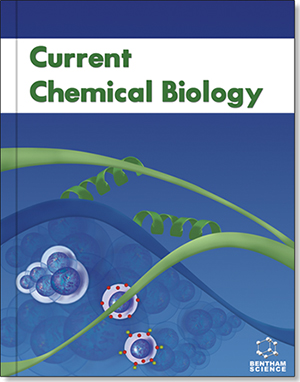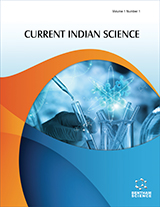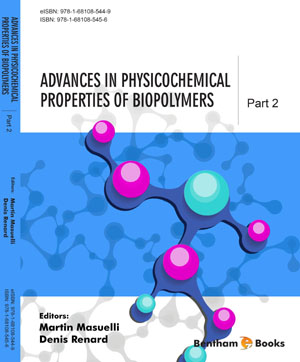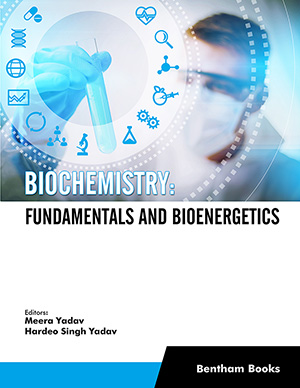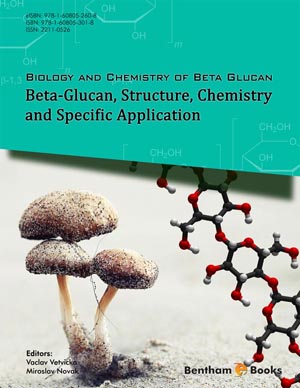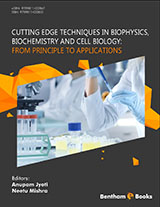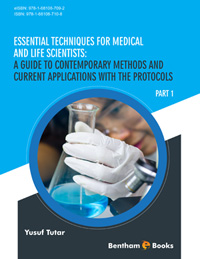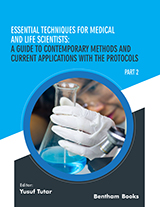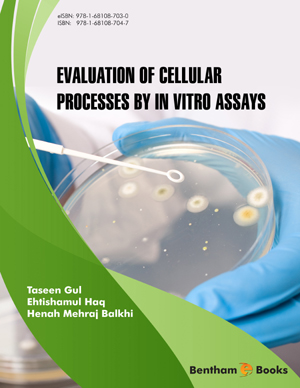Abstract
The human body contains coordinated, complex components that work together to efficiently extract oxygen from the air and deliver it to the intracellular sites where it is essential for life. Oxygen’s journey for life begins in the lung where it is transported by a system of branching tubes of decreasing size, the bronchus, bronchioles and bronchi. The lungs are made of a wonderful collection of cells that are organized into a unique, spongy tissue that contains the bronchial tubes with air sacs, the alveoli, at their termini. The interior surface area of the alveoli, collectively, is equal to the area of a tennis court. An intricate system of blood capillaries, arteries, and veins envelops each alveolus and circulates a large supply of blood that arrives deoxygenated and leaves oxygenated. The lung works efficiently by using air pressure and diaphragm muscles to expand and decrease lung volume during breathing. Oxygen is not sufficiently soluble in blood to supply the body’s needs. However, a complex oxygen-carrying molecule, hemoglobin, is packaged into special cells, the red corpuscles where truly magnificent biochemistry reigns. The process works, by analogy, like a subway system to load and unload oxygen and carbon dioxide from alveoli to cells throughout the body. Hemoglobin does double duty and reverses the sequence by loading carbon dioxide from tissues and unloading it in alveoli. The heart supplies the pumping force that moves the red cells which arrive at ever smaller arteries and then to capillaries which intercalate with tissues that must have a continuous supply of oxygen to function. All cells require oxygen to supply the bulk of their energy needs, and some for other purposes, but the brain is especially oxygen hungry and uses approximately 25% of the total resting needs by the body for oxygen. Working muscle is provided with hemoglobin’s cousin, myoglobin, which can store oxygen and release it to contracting muscle cells. Oxygen is nearly perfect for bioenergetics and it also has the right stuff to be efficiently transported.
Keywords: Alveolus, Anoxia, Aorta, Asthma, Atelectasis, Bronchial tubes, Glyceraldehyde phosphate, Hemoglobin, Hypoxic, Myoglobin, Oxygen, Oxygen radicals, Plasma oxygen concentration, Red corpuscles, Regulation, Respiration, Surfactant, Vena cava.


 Download PDF Flyer
Download PDF Flyer
